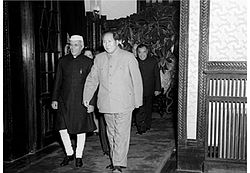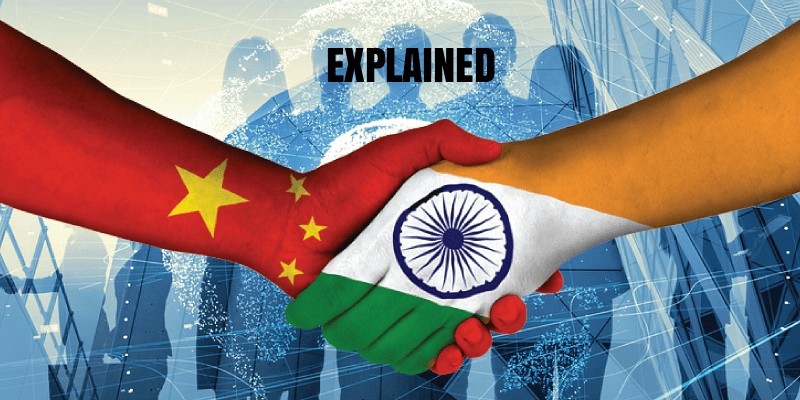The complex relationship between India and China has always been a subject of great interest and significance. With both nations being the world’s most populous countries and major global powers, their interactions have far-reaching implications for regional stability, economic growth, and geopolitical dynamics. While India and China share deep historical and cultural ties, their relationship has been marred by border disputes, strategic rivalries, and economic competition. This article aims to provide an overview of the India-China relationship, exploring its historical context, major challenges, and potential avenues for cooperation.
Historical Context:
India and China have a long history of cultural and trade exchanges dating back centuries. However, the modern phase of their relationship was shaped by geopolitical events following India’s independence from British colonial rule and the establishment of the People’s Republic of China. The early years witnessed a cordial relationship, with India being among the first countries to recognize the People’s Republic of China in 1949. However, tensions soon emerged, primarily driven by the boundary issue and competing national aspirations.

Border Disputes and Geopolitical Rivalry:
The border dispute remains a central issue in India-China relations, with both countries laying claim to territories along their shared 3,488-kilometer-long border. The 1962 Sino-Indian War further heightened tensions and left a lasting impact on their relationship. Over the years, several diplomatic efforts have been made to resolve the issue, including talks and confidence-building measures. However, sporadic border incidents and military standoffs, such as the Doklam standoff in 2017 and the recent clashes in the Galwan Valley in 2020, have strained bilateral ties and deepened mistrust.

Economic Engagement:
Despite the political and security challenges, economic engagement between India and China has witnessed significant growth. China is India’s largest trading partner, and bilateral trade has expanded exponentially in recent years. However, the trade relationship is marked by a large trade imbalance in favor of China, which has raised concerns in India regarding its domestic industries and job market. Efforts have been made to address these imbalances through negotiations and discussions on market access, tariff barriers, and trade facilitation measures.

Regional Dynamics and Strategic Interests:
India and China, as two major powers in Asia, have competing strategic interests that have shaped their interactions on the regional and global stage. China’s ambitious Belt and Road Initiative (BRI) has raised concerns in India due to the project’s strategic implications and its impact on regional connectivity and influence. India’s growing partnerships with countries in the Indo-Pacific region, including Japan, Australia, and the United States, are seen as counterweights to China’s expanding influence.

Cooperation and Future Prospects:
Amidst the challenges, India and China have also recognized the importance of cooperation on various fronts. Both countries are members of the Shanghai Cooperation Organization (SCO) and BRICS, providing platforms for dialogue and collaboration on regional and global issues. Initiatives such as the informal Wuhan and Chennai summits in 2018 and 2019 aimed to build trust and stabilize the relationship. Additionally, cooperation in areas like climate change, counterterrorism, and pandemic management holds potential for enhancing mutual understanding and addressing shared challenges.

Conclusion:
The India-China relationship is characterized by a complex interplay of historical, geopolitical, and economic factors. While border disputes and strategic rivalries have often dominated the narrative, both countries have also recognized the need for cooperation on various fronts. The path ahead requires sustained dialogue, confidence-building measures, and a commitment to resolving differences peacefully. With their enormous economic potential and regional influence, India and China have the capacity to shape the Asian century and contribute to global stability.



